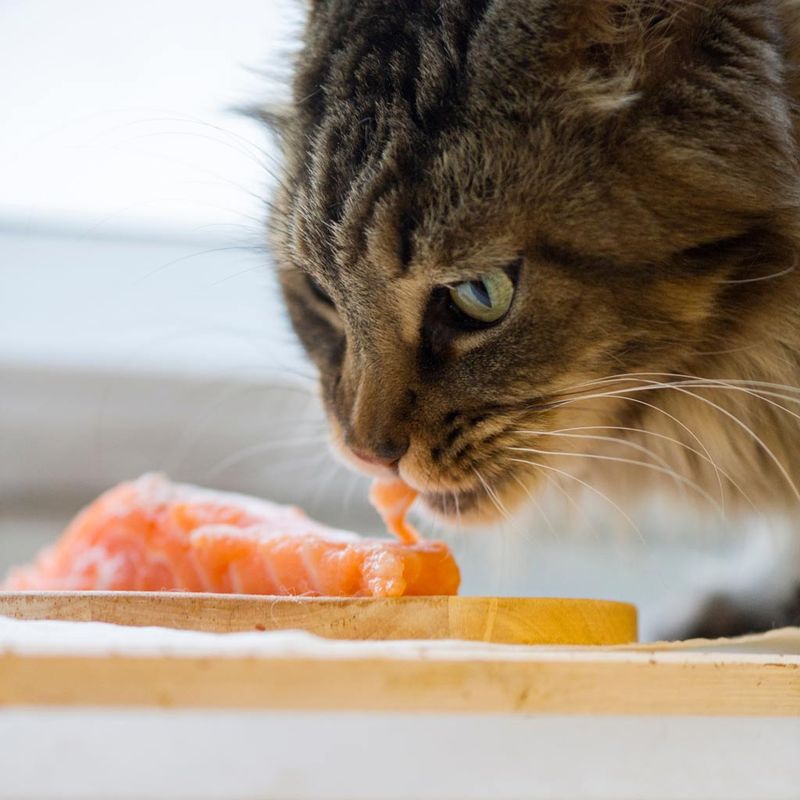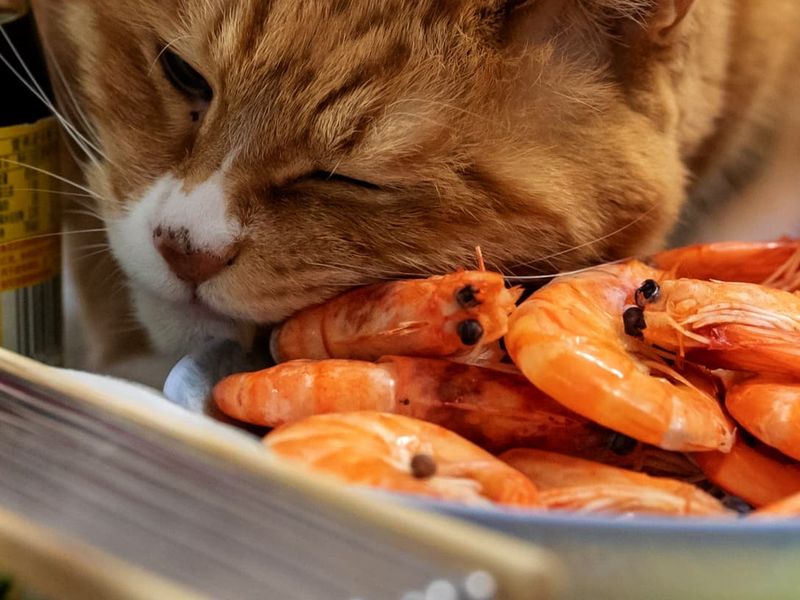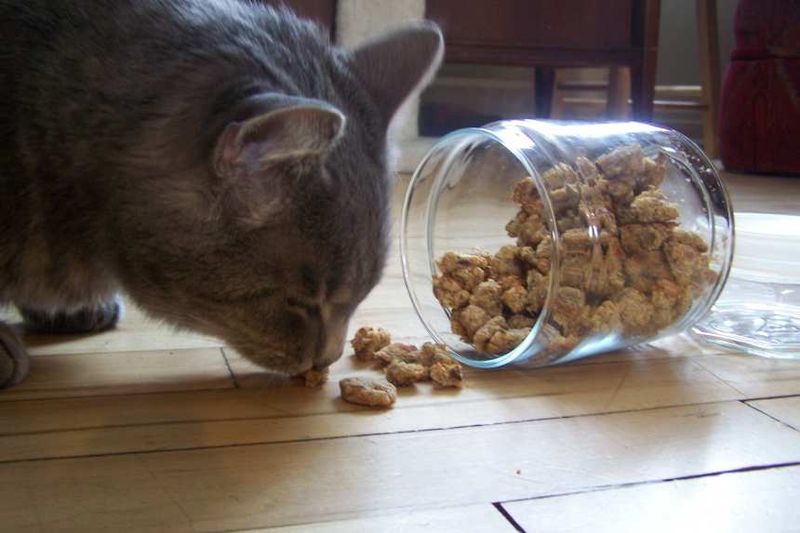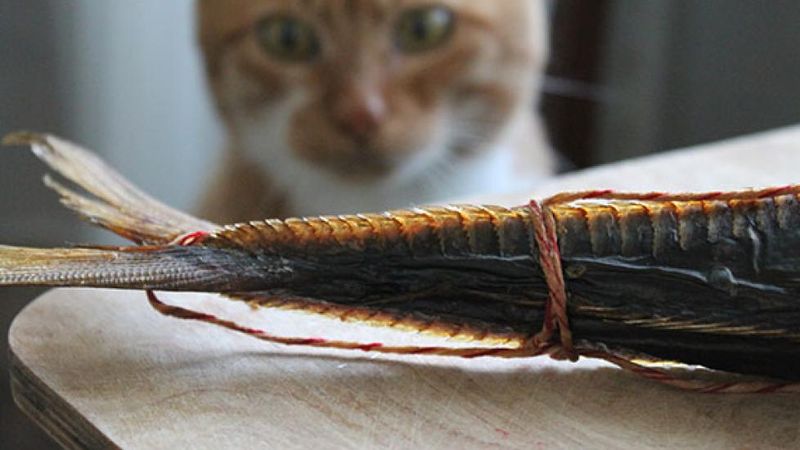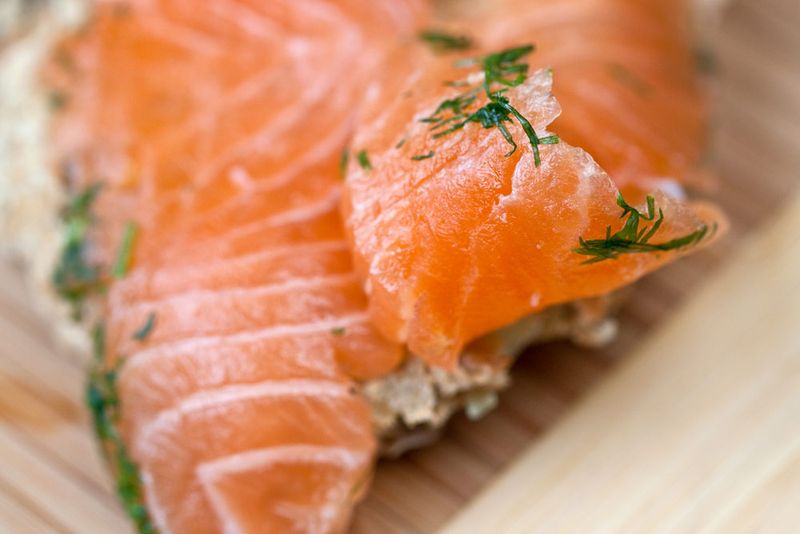📖 Table of Content:
Cats are known for their discerning palates and often develop a keen interest in seafood, whether it’s the scent of tuna wafting through the air or the soft flakes of cooked salmon on a dinner plate. While seafood can be a flavorful and nutritious addition to a feline’s diet, not all types are suitable or safe for their unique digestive systems. Knowing which options to offer and which to avoid is essential for any cat owner looking to enhance their pet’s meals with a splash of the ocean.
Nutrition plays a vital role in a cat’s overall health, and seafood can offer several important benefits, including high-quality protein and beneficial omega-3 fatty acids. However, there are also hidden risks associated with certain types of fish, from mercury content to bacterial contamination and allergic reactions. The key is not only in selecting the right type of seafood but also in preparing it correctly and feeding it in moderation.
Whether you’re considering adding seafood as a regular treat or are simply trying to appease a finicky feline, understanding the dos and don’ts will go a long way in protecting their health. This guide covers six types of seafood that are generally safe for cats and four that should be approached with caution. Each entry provides context, benefits, and potential risks to help you make informed choices when sharing your favorite sea-based dishes with your furry companion.
1. Salmon
Savory and rich, salmon is a favorite among cats and humans alike, and it delivers a powerful punch of omega-3 fatty acids that support coat health and joint function. Cooked salmon offers a tender texture that cats find irresistible and is generally easy on their stomachs when prepared simply. It’s crucial, however, to avoid seasoning and to cook the fish thoroughly to eliminate the risk of parasites. Uncooked or smoked salmon may contain harmful bacteria that could cause serious illness in pets. Moreover, feeding salmon too frequently could create an unbalanced diet, so it’s best offered as a supplementary treat. Always remove any bones before serving, as they can pose a choking hazard or cause internal injury. With the proper preparation, salmon can be a rewarding and nutritious addition to your cat’s occasional menu.
2. Tuna (in moderation)
Tuna’s intense aroma and flavor can send even the pickiest of cats into a feeding frenzy, making it a popular go-to treat. Available in canned and fresh varieties, tuna is high in protein and can provide temporary satisfaction. However, overindulgence in tuna can lead to mercury accumulation, which may affect your cat’s neurological health. It’s also worth noting that cats can develop a preference—or even dependency—on tuna, leading them to reject other necessary foods. Choose tuna packed in water without salt or additives if you plan to share some with your feline. Giving tuna occasionally, rather than routinely, ensures that it remains a special treat rather than a dietary staple. As with all seafood, it should be cooked and bone-free before offering it to your cat.
3. Shrimp
Delicate in flavor and texture, shrimp can be a tasty snack for cats when prepared with care. These small crustaceans are low in calories and rich in protein, making them a healthy treat in moderation. Shrimp also contain antioxidants such as astaxanthin, which may contribute to skin and immune health. Be sure to remove the shell, tail, and digestive tract, and cook the shrimp thoroughly to eliminate the risk of bacterial contamination. Avoid giving shrimp prepared with spices, oils, or sauces, as these ingredients can irritate your cat’s digestive system. Introduce shrimp slowly and in small quantities to monitor for any allergic reactions or sensitivities. When handled properly, shrimp can provide both variety and nutrition to your cat’s snack rotation.
4. Sardines
Brimming with flavor and nutritional value, sardines are a small fish with big benefits for cats. They are rich in omega-3 fatty acids, calcium, and vitamin D, which can support joint health, strong bones, and a shiny coat. Look for sardines packed in water without added salt, sauces, or preservatives. They are typically soft-boned, which means they can be safely consumed whole when cooked or canned. However, moderation remains important, as too much oily fish can upset a cat’s stomach or lead to weight gain. Sardines may also be higher in sodium, depending on how they’re processed, so always check the label. For cats who enjoy bold flavors, sardines offer a safe and satisfying treat when offered sparingly.
5. Whitefish (cod, haddock, pollock)
Mild and easy to digest, whitefish varieties like cod, haddock, and pollock are commonly found in high-quality cat foods. These lean fish are an excellent source of protein without the added fats that come with richer options like tuna or salmon. They’re also generally low in mercury, making them safer for more frequent inclusion in a cat’s diet. Cooking the fish simply—steamed or baked without seasoning—ensures it remains digestible and nutritious. Deboning is crucial, as even small bones can cause significant harm to a cat’s throat or digestive tract. Whitefish can be a good option for cats with sensitive stomachs or food allergies due to its relatively low allergenic potential. Offering these fish occasionally can add variety without overwhelming your cat’s diet.
6. Mackerel
Bold in taste and rich in nutrients, mackerel is another omega-3 powerhouse that can be enjoyed by cats in moderation. Its high oil content promotes skin and coat health, making it a beneficial choice for cats with dry skin or flaky fur. Mackerel should always be cooked and served plain, with all bones removed prior to feeding. Because it tends to contain moderate mercury levels, it’s best given only occasionally to avoid long-term exposure. Some cats may find mackerel especially aromatic and appealing, which makes it useful for encouraging picky eaters. Be wary of canned mackerel that may contain salt, sauces, or added oils. When served correctly, mackerel can be a flavorful reward that supports overall feline wellness.
1. Raw Fish
Despite popular culture images of cats devouring raw fish, it’s actually one of the riskiest ways to serve seafood to your pet. Raw fish can harbor parasites such as Anisakis and bacteria like Salmonella or Listeria, all of which can cause serious illness. Additionally, raw fish contains thiaminase, an enzyme that destroys thiamine (Vitamin B1), which is essential for proper neurological function in cats. A deficiency in this vitamin can lead to symptoms such as lack of coordination, convulsions, and even coma. Even sushi-grade fish, while safer for humans, is not appropriate for feline consumption without proper cooking. Cats lack the digestive enzymes to combat some of the harmful microorganisms found in raw animal products. Cooking fish thoroughly removes most of these dangers and ensures it’s safe for your pet to enjoy.
2. Shellfish (clams, mussels, oysters)
Tempting as they may be, shellfish are a mixed bag when it comes to feline nutrition. These creatures often accumulate toxins and heavy metals from their environment, which can pass on to pets who consume them. Raw shellfish in particular are prone to bacterial contamination, including Vibrio, which can cause gastrointestinal distress. Even when cooked, shellfish can be tough to digest and may not provide much nutritional benefit to cats. Additionally, some shellfish contain high levels of sodium and cholesterol, which can strain a cat’s kidneys or liver over time. There’s also the risk of allergic reactions, which may manifest as vomiting, itching, or difficulty breathing. Due to these risks, it’s best to skip shellfish altogether when considering seafood treats.
3. Farmed Fish (especially from questionable sources)
The convenience and affordability of farmed fish can make them appealing, but not all sources maintain high standards. Fish raised in overcrowded, poorly managed farms may be treated with antibiotics, growth hormones, and chemical additives. These substances can linger in the flesh and may pose health risks to cats over time. Additionally, farmed fish are sometimes fed unnatural diets, leading to poorer nutritional profiles compared to their wild counterparts. Pollutants and toxins from contaminated water systems can also concentrate in farmed fish, increasing the risk of long-term exposure. While some farmed fish are responsibly raised and safe, transparency about sourcing is critical. Without clear information, it’s safer to stick with wild-caught, tested varieties.
4. Fish with High Mercury (e.g., swordfish, tilefish, king mackerel)
Some of the ocean’s largest and most predatory fish accumulate dangerously high levels of mercury over time. Species like swordfish, king mackerel, and tilefish are particularly notorious for this, making them unsuitable for both humans and pets in large quantities. In cats, mercury toxicity can manifest as tremors, vision problems, and coordination issues. Unlike smaller fish, these species are less likely to appear in commercial cat food but may be offered inadvertently as table scraps. Cooking does not eliminate mercury, so the only way to avoid it is by choosing safer fish. Even small amounts fed repeatedly can lead to mercury buildup over the long term. Steering clear of these large, deep-sea fish is a smart move for any pet owner concerned about their cat’s health.

